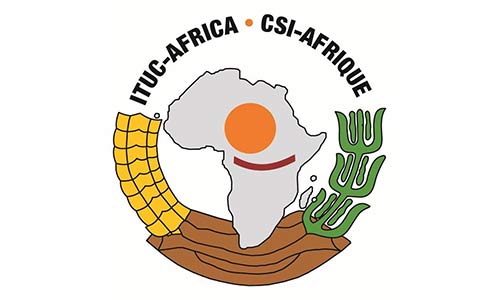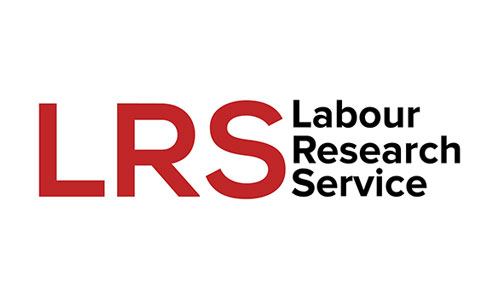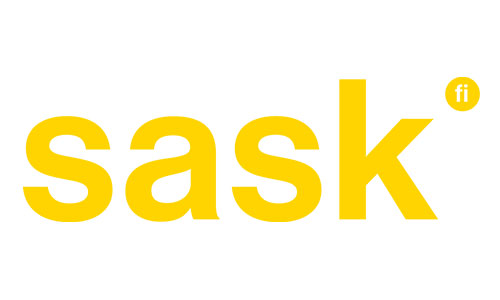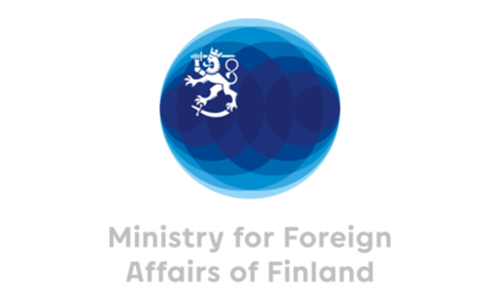Free trading under the African Continental Free Trade Area (AfCFTA) began on 1 January 2021. After several years of negotiations, the trade agreement was signed in March 2018 and entered into force in May 2019.
The AfCFTA is a step toward Africa’s aspiration for regional integration. It creates a single market for goods and services and aims to boost intra-African trade by reducing tariffs and addressing non-tariff barriers like customs delays. Wamkele Mene, the Secretary General of the AfCFTA Secretariat, has said the effective implementation of the trade agreement will help Africa’s recovery from the Covid-19 pandemic.
The AfCFTA will be governed by an institutional structure, ranging from a permanent Secretariat to regional and national committees. Knowing the structure of the AfCFTA can assist trade unions to target their advocacy campaigns at the right stakeholders.
Here we unpack the power and decision-making dynamics within the AfCFTA structures.
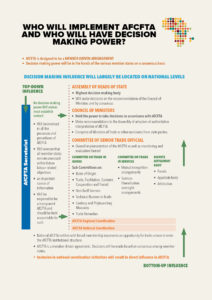
Source: LRS (2021), based on Luke (2020), AfCFTA (2020), Albert (2019) and Erasmus (2020 &2021)
Click here to enlarge the image
A. THE AfCFTA SECRETARIAT: Permanent administrative organ
The AfCFTA Secretariat is located in Accra, Ghana. Its main job is to coordinate the implementation of the vast agenda of the free trade area.
Important things to note about the AfCFTA Secretariat:
- The roles and responsibilities of the Secretariat shall be determined by the Council of Ministers of Trade
- The Secretariat is to be a functionally autonomous institution within the African Union
- The Secretariat will have between 50 to 70 staff
- Its budget is funded by the African Union, to the tune of between US$5 and 7 million
- The budget will cover a range of functions, from administration and implementation of the AfCFTA agenda to developing the technical capacity of member countries and ensuring dissemination and access to official information about policies, laws and measures.
Having access to the official information about the AfCFTA will ensure a transparent process, which trade unions should demand at all times.
Trade Union Response No. 1: The AfCFTA stakeholders – The Secretariat as an important contact and source of information
The Secretariat will be involved in all the processes and procedures of the AfCFTA but won’t have any decision-making power. Trade unions should establish contact with the Secretariat, which will give impetus to member countries on any labour provisions in the trade pact. Also, the Secretariat will hold information on ongoing processes and negotiations. Trade unions must demand a transparent AfCFTA process and demand accountability of the Secretariat.
B. ASSEMBLY OF HEADS OF STATE AND GOVERNMENT: Highest decision-making power
The Assembly of Heads of State and Government will be the highest decision-making body:
“The Assembly shall have the exclusive authority to adopt interpretations of this Agreement on the recommendation of the Council of Ministers. The decision to adopt an interpretation shall be taken by consensus.” ~ AfCFTA Secretariat.
Any decision that is outside of the mandate of the Council of Ministers will be referred to the Assembly of Heads of State and Government.
C. THE COUNCIL OF MINISTERS: General decision-making power
The Council of Ministers will comprise Ministers of Trade or other nominees from the participating countries. The Council has the power to make decisions per the AfCFTA. It can also recommend an authoritative interpretation of the AfCFTA. Members will meet twice a year and when there’s an urgent need.
D. THE COMMITTEE OF SENIOR TRADE OFFICIALS: Implementation, monitoring and evaluation
Comprised of Permanent or Principal Secretaries or other officials designated by each State Party, the Committee of Senior Trade Officials is the implementation team. It will also focus on evaluation and monitoring and report to the Council of Ministers. The Regional Economic Communities (RECs) will have an advisory role in the Committee.
Notably, the Committee of Senior Trade Officials can request a Technical Committee to focus on a particular protocol. When the AfCFTA integrates labour provisions, this Committee will be responsible for the implementation, monitoring and evaluation.
E. REGIONAL COORDINATION
The AfCFTA intends to build on the existing RECs. Note that the AfCFTA Institutional Structure could include regional coordination committees or initiatives.
F. NATIONAL COORDINATION: Trade Union’s potential entry point into the AfCFTA
The AfCFTA is a continental agreement, but its implementation will mainly take place at a country level.
“…the AfCFTA agreement explicitly requires implementation through national arrangements including national committees on trade facilitation and non-tariff barriers. National implementation mechanisms should ideally function within the structure of the AfCFTA country strategy to ensure policy coherence and effective domestication of the AfCFTA. This requires national AfCFTA entities to be created with broad membership that reflects the wide range of stakeholders and interests.” ~ AfCFTA Secretariat
Trade Union Response No. 2: The AfCFTA stakeholders – Influencing AfCFTA from a national level
The AfCFTA is a member-driven agreement. Decisions will be made based on consensus among member states. Representatives of the different country participants will take positions across all the institutional levels except at the Secretariat.
Trade unions could influence decisions at the national level through the National AfCFTA entities, which should have different stakeholders. Working with these entities will also potentially grant unions influence at the Assembly of Heads of State and Government – the highest decision-making body of the AfCFTA.
Trade Union Response No. 3: Approach stakeholders from the top and bottom
Influential networks can shore up the pressuring efforts of trade unions in member countries. Unions can approach the AfCFTA to access influence in two ways. From the top approach – through establishing relationships within the Secretariat, or from the bottom – through participating in national AfCFTA committees.
Unions can unite with civil society organisations and other relevant stakeholders at the national level while approaching the AfCFTA at a national level. At the continental level, the transnational networks offered by ITUC and similar organisations will be valuable in engagements with the AfCFTA institutions.
Trade unions have the opportunity to share their experience and build a powerful continental voice.
Also read:
The Organisation of Trade Unions of Central Africa position paper on the AfCFTA
Marie Daniel
Marie Daniel is an Associate at Labour Research Service. Marie has an urban studies and development economics background and one of her research passions is organisation and participation approaches within the informal sector. She is intrigued by the manner in which participatory democracy is approached and implemented in South Africa.

